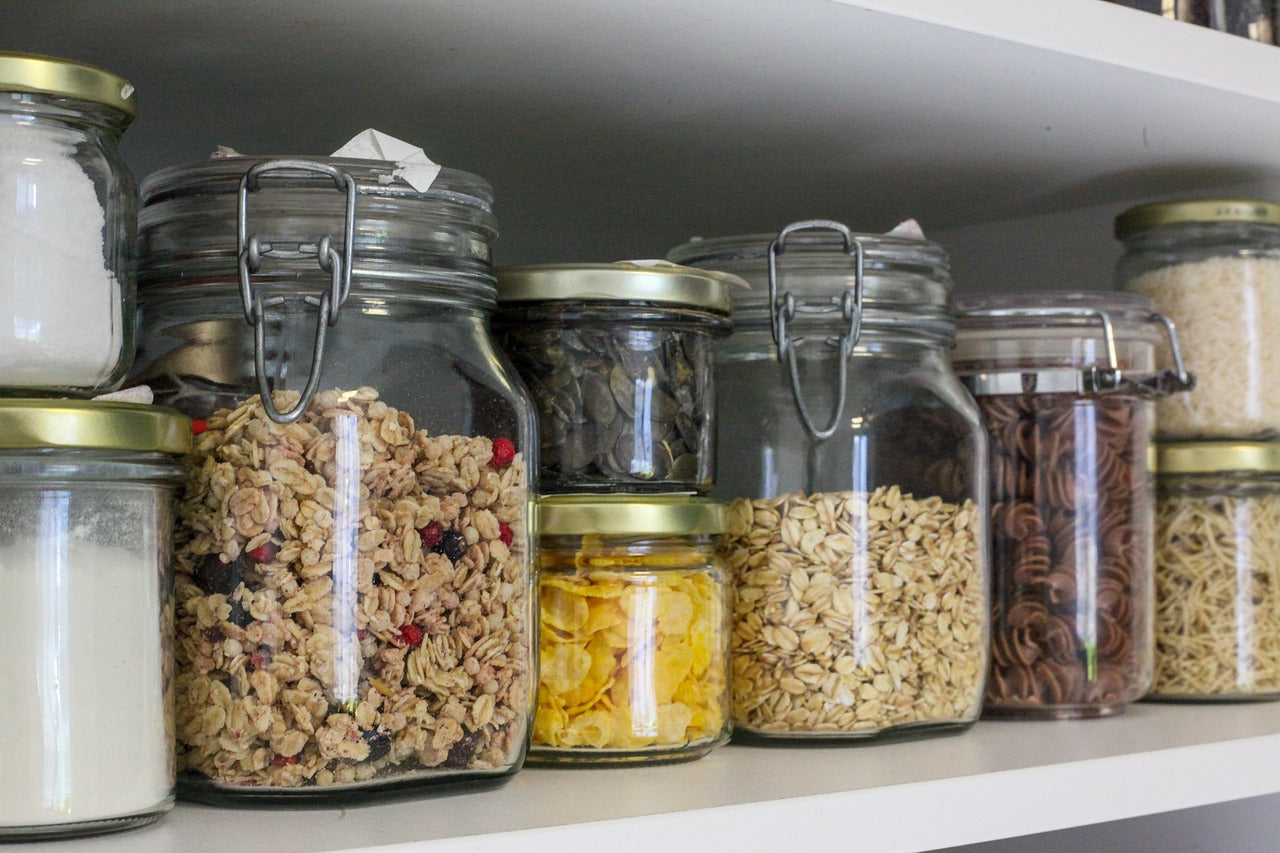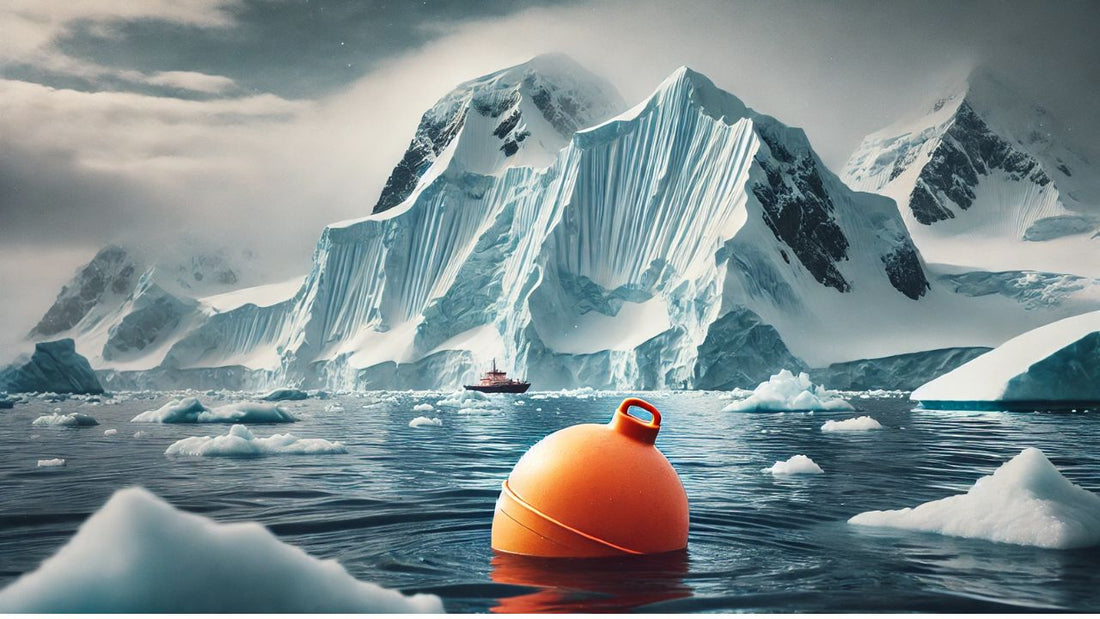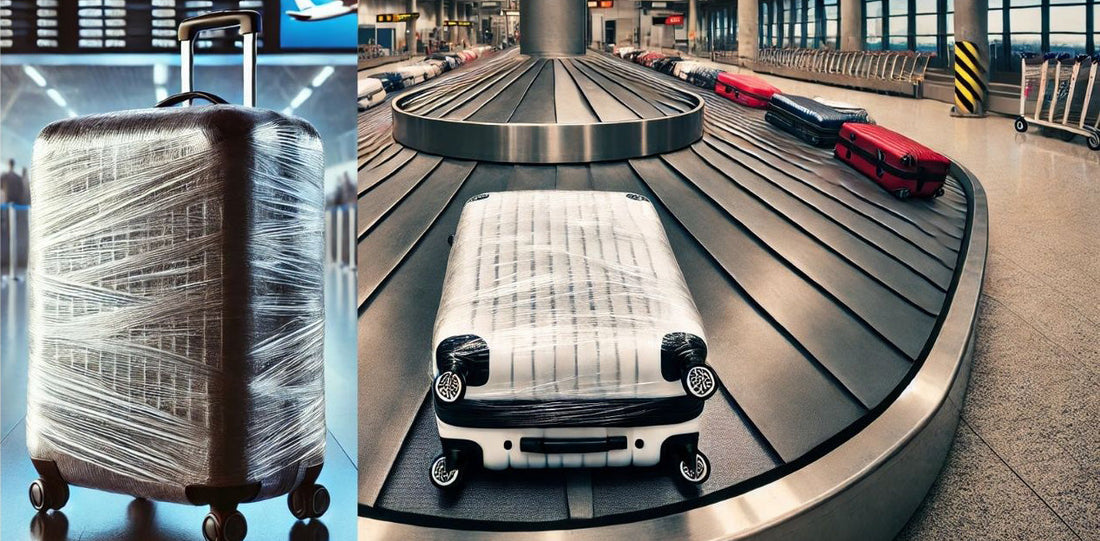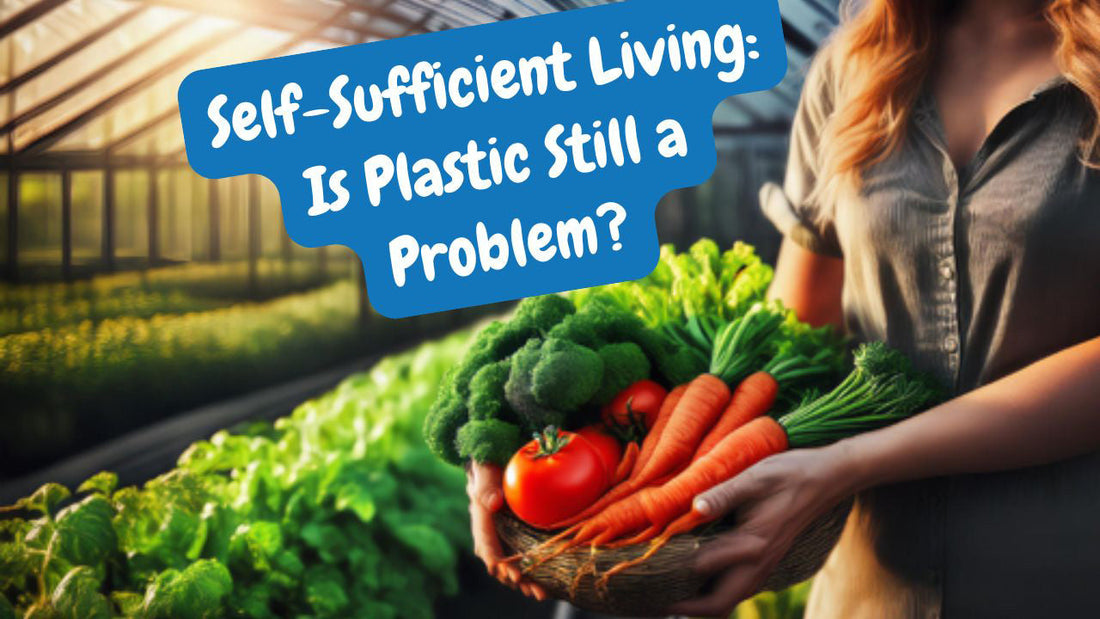Is a Zero Waste lifestyle possible?
Zero Waste: The conservation of all resources by means of responsible production, consumption, reuse, and recovery of all products, packaging, and materials, without burning them, and without discharges to land, water, or air that threaten the environment or human health.
The Zero Waste Movement
 When first learning about the Zero Waste movement many people interpret it as a lifestyle that produces absolutely no waste, however the zero in zero waste is not a number, it's a goal. The Goal: reuse and recovery of products, thereby eliminating waste ending up in landfill, water or air.
When first learning about the Zero Waste movement many people interpret it as a lifestyle that produces absolutely no waste, however the zero in zero waste is not a number, it's a goal. The Goal: reuse and recovery of products, thereby eliminating waste ending up in landfill, water or air.
However, Zero Waste encompasses more than eliminating waste through recycling and reuse, it focuses on restructuring production and distribution systems to reduce waste.
Is Zero Waste and Plastic Free the same thing?
The goal of zero waste is not to eliminate plastic altogether but rather to ensure it can be reused. For example single use plastics such cling wrap are discouraged, but products such as silicone or products that contain micro-fibres (plastic) that are not biodegradable or compostable but are able to be downcycled into new products, would be considered zero waste [reuse and recovery of materials].
Generally speaking most zero waste products are plastic free, however the concept of a plastic free lifestyle is to reduce and refuse. Plastic Free, particularly when talking about products, means no plastic — not recycled or downcycled plastic, not burning plastic after use, but rather to refuse plastic (single use plastic) altogether.
Is plastic production for "Zero Waste" products (those that have a planned second life) really a good thing?
As mentioned above zero waste is not a number, it's a goal. The goal of zero waste is to ensure that products are made responsibly and with a future mindset. It is a lifestyle that demotes our current throw-away, disposable mentality.
Plastic is not going away and without it we would not be using the technology we have to write this blog post, upload it to the internet and share it with the rest of the world. However there is an urgent need to globally eliminate single use plastic consumption and the only way to do that is to turn off the plastic tap.
The catch with zero waste products that are made with plastic products can be downcycled into other products, giving the original plastic product a second life. But after they serve that purpose — then what? The second life will ultimately have an end life which is landfill, so at the end of the day it's not really "zero" waste it's a prolonged life.
Zero Waste is essentially living a less wasteful and more mindful lifestyle, and ultimately we all need to be heading in this direction. However, we also need to be mindful of what we purchase, simply buying a product (particularly plastic or silicone) because it's reusable or is able to be downcycled is not being mindful.
We are at a stage in the plastic pollution situation that also we need to ask: "Can I find this product plastic free?" "Will it break down naturally back into the environment or will it be another item destined for landfill in another 10 to 15 years?"
We all have our part to play in minimising our impact on the environment. Whether that be reusing products or refusing plastic products, every little action counts. Being zero waste or plastic free doesn't mean it has to be done at 100 per cent. Until governments step up and take action to require corporations and business to change the issues surrounding waste reduction and plastic pollution will continue to be an issue.
Below are some simple steps you can take to minimise your impact on the environment and create less waste in your day-to-day life.
5 Things You Can Implement for a Zero Waste & Plastic Free Lifestyle
- Only buy food you need — take an inventory before shopping.
- Upcycle your clothing — find a piece of clothing you’ve not worn for a while and find a way to incorporate it into a new outfit.
- Replace disposable products with reusable options. eg. kitchen cloths and scrubbing brushes or refillable, compostable dental floss vs. plastic packaged and nylon floss.
- Shop for naked (plastic packaging free) fruits and vegetables at your local farmers market. Don't forget your reusable grocery and produce bags.
- Don't leave home without your reusable water bottle. When out and about find your nearest refill station and ditch the bottled water habit.





